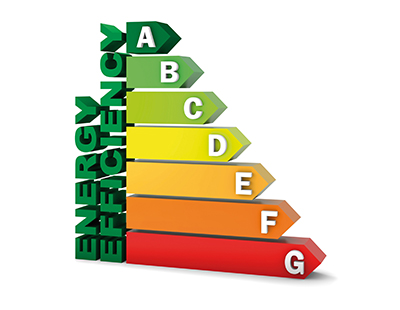
A new survey shows that there’s just a 1.7 per cent house price premium on homes with EPC ratings A or B compared to a D-rated property.
Those homes rated F or G attract a 3.5 per cent discount compared to a similar D-rated property.
That’s the result of an extensive study by the Nationwide.
“Decarbonising and adapting the UK’s housing stock is critical if the UK is to meet its 2050 emissions targets, especially given that the housing stock accounts for around 15 per cent of the UK’s total carbon emissions” says Andrew Harvey, Nationwide's senior economist.
“We included energy efficiency ratings from energy performance certificates alongside the usual property characteristics data we use in our House Price Index. This allowed us to control for other factors that can influence the value of a house or flat and isolate the impact of energy efficiency ratings alone.
“Our analysis suggests that a more energy efficient property rated A or B attracts a modest premium of 1.7 per cent compared to a similar property rated D, the most commonly occurring rating. There is a more noticeable discount for properties rated F or G - the lowest energy efficient ratings.
“Overall, our research suggests that, for now at least, energy efficiency has only a modest influence on house prices for owner occupiers, where an impact is only really evident for the best and worst energy efficiency ratings.
“However, the value that people attach to energy efficiency is likely to change over time, especially if the government takes measures to incentivise greater energy efficiency in future to help ensure the UK meets its climate change obligations.”
The government aims to update as many homes as possible to energy efficiency rating C by 2035 ‘where practical, cost-effective and affordable’. It also aims for all fuel-poor households, and as many rented homes as possible, to reach the same standard by 2030.
Harvey continues: “Over the past 10 years energy efficiency has improved significantly thanks to the higher energy rating of newly-built properties, and the improvements carried out on many existing homes, such as loft and cavity wall insulation. The latest data (2019) shows 40 per cent of the housing stock is now rated C or higher, up from 14 per cent of the stock in 2009.
“Nevertheless, this means that 60 per cent of the housing stock is still rated D or below.”


















%20A%20property%20tale%20for%20our%20times.png)








Join the conversation
Jump to latest comment and add your reply
As someone who deals primarily with listed buildings I have to agree!
Please login to comment